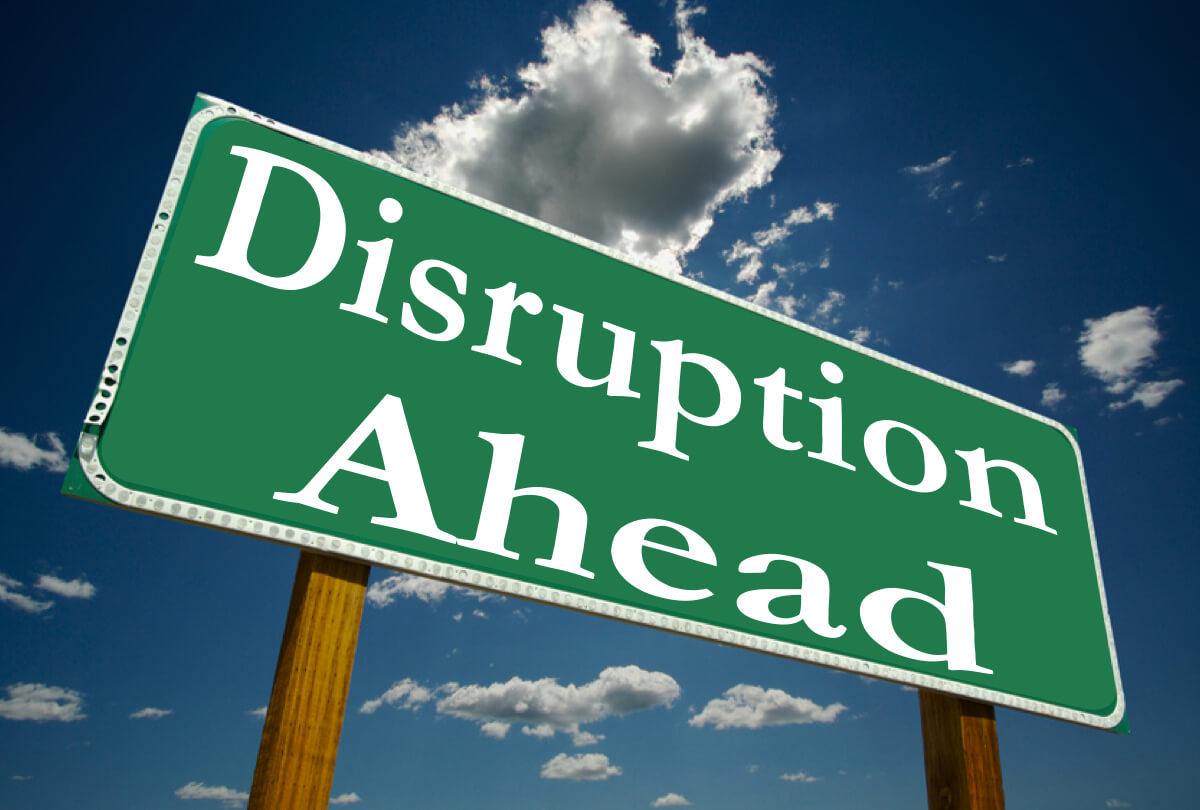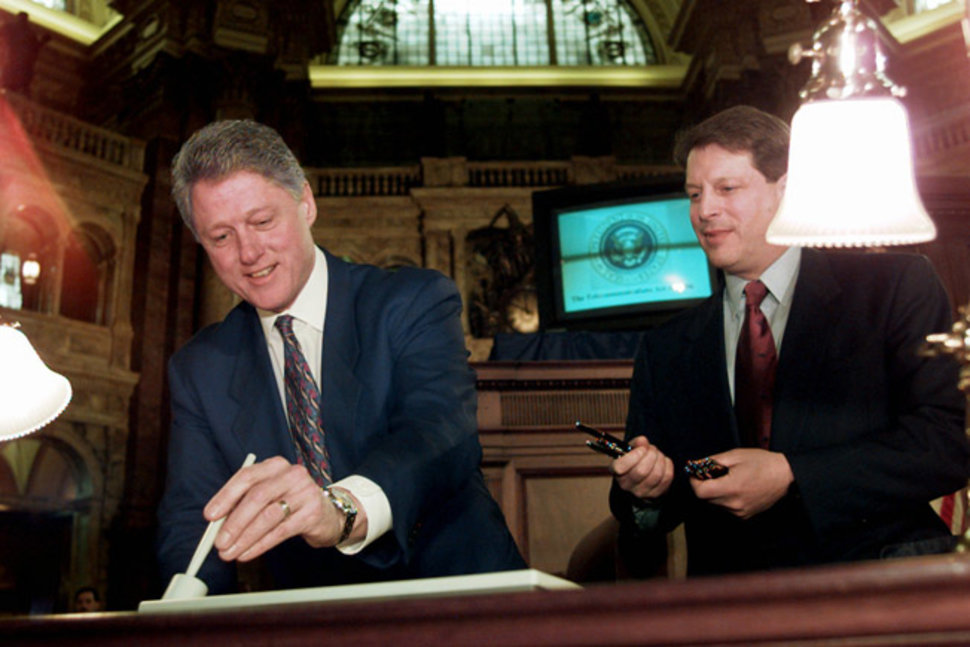It was just a year ago that I wrote about “The Day the World Shutdown.” So, shall I ask you, “how are you doing?”
For Sue & I, while we were just vaccinated on Friday, the wearing of face masks, hand sanitizing and social distancing is unlikely to change for us for the rest of 2021, if not longer.
Based on my research of pandemics past, I realized very early that this would be about a two year disruption and I suspect that when we say “Happy New Year” and ring in 2022, things will finally be on course for whatever the “new normal” is.
WFH
Working From Home, most often abbreviated as “WFH,” has also changed people’s media habits.
A year ago I wrote that I expected most people would consume their media by streaming it via the internet. The latest research has shown that is exactly what happened. eMarketer data showed that traditional radio broadcasts were eclipsed by digital audio, mid-2020. This week, Edison Research reported, that 30% of all audio listening now occurs on mobile devices; unless you’re between the ages of 13-34, then that number is 46%. Not surprisingly, this age group’s listening to audio on an AM/FM radio receiver is down to only 20%.
Working from home meant that those people who normally listened to AM/FM radio while commuting in their car, were now doing their audio consumption where they live, and 32% of today’s households don’t have a single AM/FM radio in them. However, 44.2% of homes today have a voice activated assistant, like Amazon’s Alexa, to access their favorite audio content.
Audio in Cars
The global pandemic has forced all of us to get used to new ways of doing every little thing, such as shopping online, streaming video entertainment on huge flat screen TVs and asking Alexa for assistance like she had become a member of the family. We’ve become so comfortable with these new Artificial Intelligence (AI) devices that we might start to wonder what life was like before them.
Automobile manufacturers also took notice of this change, like the commercial for a new Buick – or is it an “Alexa on Wheels?” https://www.youtube.com/watch?v=GqvEcLWI0ME
I remember when I used to tell advertisers that a car was a “radio on wheels.”
Now I don’t have a new car, but my 2009 Honda Accord has a fabulous sound system that seamlessly connects to my iPhone and streams my audio content in my car. My car radio is locked on “AUX.” (I know I’m not alone.)
The End of Commuting
Bill Gates shocked the world when he predicted in November of last year that 50% of all business travel would never come back and that 30% of the days people spent in an office would likewise disappear forever. McKinsey Global Institute pretty much corroborated Gate’s predictions by adding that 20% of workers would continue to work from home indefinitely.
Federal Reserve Chairman Jerome H. Powell, puts it this way, “We’re recovering to a different economy.”
Disney Closing Mall Stores
Disney plans to close 20% of its Disney Stores saying that they’ve seen changes in the ways people shop due to COVID-19 and that the future means people will continue to shop online. As a result, Disney plans to focus on e-commerce, its Apps and social media platforms. Disney says the data shows that the global pandemic increased the speed of change from brick-and-mortar to online shopping by half a decade.
Movies & Streaming
Disney’s CEO Bob Chapek went even further in announcing the company’s future, saying that the days of releasing new movies to theaters for several months before bringing them to their streaming platform, are over. For example, when “Raya and the Last Dragon” hits the theaters this month, it will simultaneously be available on Disney+ for subscribers for an additional $30.
Disney+ has exceeded everyone’s expectations, rapidly growing to over 95 million paying subscribers. The biggest surprise to this streamer of family content was that over 50% of those subscribers don’t have children.
Worst Year in Pay-TV History
2020 was a record year for cord-cutting according to analysis of cable TV subscribers by MoffettNathanson. Cable TV lost six million subscribers dropping cable’s household penetration level to a low, not seen in thirty years. Smart TVs are the primary reason people now stream their video content from the internet.
Award Shows Audiences in Decline
Audiences for the Academy Awards, Grammy’s, Golden Globes and Primetime Emmys have all been in a steady decline since 2000. The first of these 2021 award shows, and a harbinger for those to come, the Golden Globes, set a record low for NBC’s telecast of these awards.
Where Have All the Sports Fan Gone?
You might have thought with people stuck at home, that sports would have seen solid television audiences, but that wasn’t the case. 2020 saw a drop in viewership for practically every sport. Compared with 2019, the NBA Finals were down 51%, the NHL Finals were down 61%, the U.S. Open tennis matches were down 45%. Even the Kentucky Derby recorded its lowest TV audience ever, falling 49% from 2019, to just over eight million viewers.
Television’s biggest audience draw for many years has been the NFL and the Super Bowl, but not this year. The big game’s audience was the lowest it has been in fifteen years.
If Misery Loves Company…
Pro Sports, Harley Davidson and broadcast radio/TV are all suffering from a similar problem, they aren’t attracting the next generation. Generation Z Americans, those born after 1996, just aren’t that into sports, Harley’s and traditional media, like previous generations.
That’s probably why, when the NFL started asking for a 100% increase in TV rights payments, Disney (owner of ESPN) immediately rejected it.
However, streamers, like Amazon Prime and AppleTV+ may give the NFL the money they want, but will those high rights fees manifest in higher premiums for subscribers.
For the maker of “The Hog” and traditional broadcast media, the future is as challenging. Harley Davidson is looking to make their motorcycle line all electric, following the lead of the world’s automobile industry, and hoping it will attract new riders to their brand. Radio/TV broadcasters are also trying to capture new audiences with Apps, streaming and podcasts.
“I skate to where the puck is going to be, not where it has been.”
-Wayne Gretzky
Anyone who thinks their business will return to the way it was, once COVID-19 is in the rearview mirror, will be hanging the “Gone Fishing” sign out, be down-for-the-count or just plain out-of-business.
It’s time for all of us to be thinking like Gretzky.


 We are living in a surreal time. The birds are singing, the trees and flowers are blooming and yet, life is anything but what we used to call normal.
We are living in a surreal time. The birds are singing, the trees and flowers are blooming and yet, life is anything but what we used to call normal. I sat in on Radio World’s presentation about “
I sat in on Radio World’s presentation about “
 When this pie chart was posted on social media, it immediately captured my attention, by showing where the United States Music Industry is making its money. You can read the Mid-Year 2019 RIAA Music Industry Revenues Report
When this pie chart was posted on social media, it immediately captured my attention, by showing where the United States Music Industry is making its money. You can read the Mid-Year 2019 RIAA Music Industry Revenues Report  I read with great interest the five part series by Matt Bailey on “
I read with great interest the five part series by Matt Bailey on “ Radio’s last bastion of domination is the automobile (aka SUV, pickup truck etc.). In the home, voice activated devices are replacing AM/FM radios. I own 3 Echos, and Alexa has become a real friend of the family.
Radio’s last bastion of domination is the automobile (aka SUV, pickup truck etc.). In the home, voice activated devices are replacing AM/FM radios. I own 3 Echos, and Alexa has become a real friend of the family. It was only 11-years ago that Steve Jobs took the stage and held in his hand the future. It was an iPhone.
It was only 11-years ago that Steve Jobs took the stage and held in his hand the future. It was an iPhone.

 Most research today indicates that since the introduction of the smart speaker, the device that’s getting a little less use is the smartphone. I would concur that is the case in my home as well. Our 3 Amazon Echoes are the way we access at home radio listening, get flash briefs, find out the time and latest weather forecast.
Most research today indicates that since the introduction of the smart speaker, the device that’s getting a little less use is the smartphone. I would concur that is the case in my home as well. Our 3 Amazon Echoes are the way we access at home radio listening, get flash briefs, find out the time and latest weather forecast. I’ve been reading the trades, trying to grasp what is happening, and it is all so very confusing. Have you felt that way too? That’s what a period of disruption looks like. Black is white. Up is down. It’s enough to give you an Excedrin headache.
I’ve been reading the trades, trying to grasp what is happening, and it is all so very confusing. Have you felt that way too? That’s what a period of disruption looks like. Black is white. Up is down. It’s enough to give you an Excedrin headache.
 at a time when AM/FM radio is no longer the entertainment focus of the vehicle dashboard, replaced by the entertainment center that resembles the touch screen on your smartphone.
at a time when AM/FM radio is no longer the entertainment focus of the vehicle dashboard, replaced by the entertainment center that resembles the touch screen on your smartphone. The other night I watched Jim Gaffigan’s 5th Netflix special called “CINCO.” In his standup comedy routine, he hit the nail on the head about why Netflix is more popular than cable TV. Here’s what Jim said:
The other night I watched Jim Gaffigan’s 5th Netflix special called “CINCO.” In his standup comedy routine, he hit the nail on the head about why Netflix is more popular than cable TV. Here’s what Jim said: It’s only been about two months and Alexa has changed the way I interface with my devices.
It’s only been about two months and Alexa has changed the way I interface with my devices. Kansas City Filmmaker
Kansas City Filmmaker  It was supposed to provide competition between the phone companies and the cable companies with the goal to increase services and reduce prices to the consumer.
It was supposed to provide competition between the phone companies and the cable companies with the goal to increase services and reduce prices to the consumer.